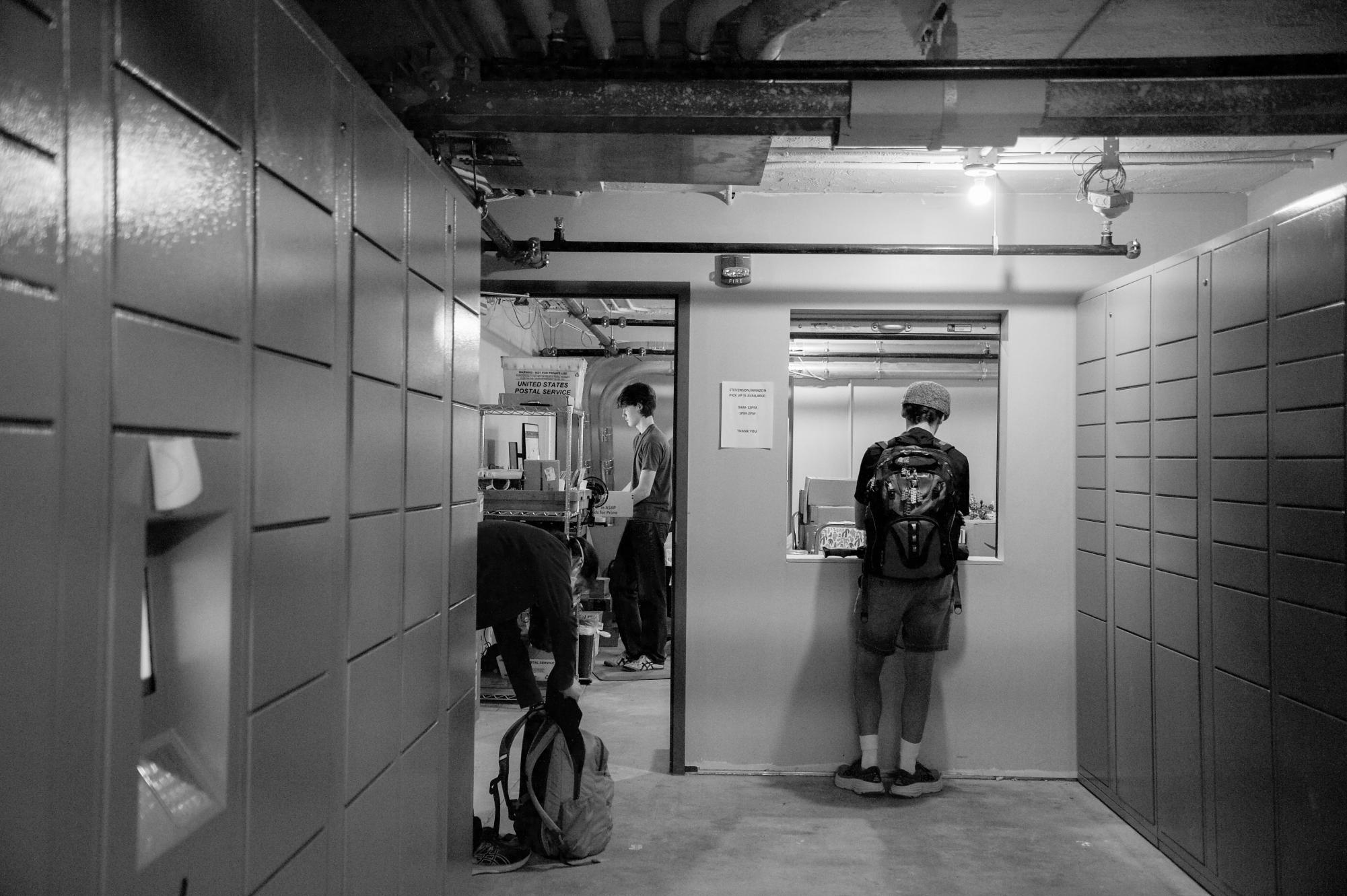Effective Organization Necessitates Call to Action
SLAC’s latest pamphlet and accompanying exhibit about Oberlin’s 2020 mass layoff was released this March.
Earlier this month, the Oberlin Student Labor Action Coalition distributed a pamphlet around campus with information about the College’s layoff of 113 Campus Dining Services and custodial workers in 2020 and the specific stories and experiences of several of these workers. It provides a detailed timeline and overview of the layoffs themselves and the attempts by the labor union that represented the workers, United Auto Workers, to prevent them. The more interesting part of the pamphlet, however, centers the impacts of the layoffs, told through interviews with some of the workers who were laid off.
The quotes from the former workers and the narrative created by the interviews paints a painful picture of the impact of a large layoff such as this one. I found this insight to be the most valuable part of the pamphlet. Layoffs are bad. They have huge impacts on the lives of those laid off because, in the United States, the loss of a job means that, in addition to the loss of a much-needed salary, workers also lose benefits crucial to survival, such as health insurance. A reader of the pamphlet distributed by SLAC knows this, but knowing all of this is very different from hearing how exactly these losses affected the individuals who were laid off. I have been angry at the College’s decision to lay off these workers in favor of hiring subcontractors who sacrifice worker protection and benefits to keep costs low, since it happened when I was a prospective student. Reading this pamphlet and hearing directly from workers who were affected has made me angry all over again. What I don’t know now, though, is what I am supposed to do with this renewed anger over the College’s horrendous mistreatment of these workers and its continued layoffs in the name of outsourcing to get cheaper labor.
If the objective of this pamphlet is to simply raise awareness and educate the Oberlin student body, it certainly does an excellent job of doing that. I couldn’t help but wonder, though, if this was part of something bigger — and if so, then what? I felt that there was a glaring lack of any action items whatsoever, only barely teetering on providing anything that readers could do, but, in my opinion, ultimately falling short of doing so. While it does provide a list of upcoming expiring union contracts, it has no information on what steps students can take to support, and stand in solidarity with, workers as they, and their unions, renegotiate their contracts in the next few years. It simply says “[t]hese dates provide a guide to potential layoffs as well as the opportunity to fight them,” and that an informed community “is vastly more prepared to combat anti-labor decisions.”
I understand that not every piece of writing needs a call to action and that, frequently, the role of organizational literature is to inform. That’s great, but what am I supposed to do with the information it contains? Effective organization not only provides an audience with information, but also tells the audience what they can do with said information without telling its readers what they should do, a crucial difference. After reading the SLAC pamphlet and digesting the information, I was somewhat at a loss for what I, as an individual, am supposed to do next. Was the purpose of this to get me mad at the College and its vague, amorphous administration? That ship sailed a while ago. And if the purpose was to convince me to take action, what am I supposed to do? Storming a meeting of the Board of Trustees has proven wildly ineffective, and unharnessed anger does nothing to help a movement.
This lack of a call to action has overall led me to doubt the efficacy of this campaign and this strategy of organizing. Combined with the fact that the pamphlet was released several weeks ago, I would expect to have seen at least a follow-up post on Instagram, but the organization has not posted anything about the pamphlet and its accompanying exhibit in Mary Church Terrell Main Library since they announced it in early March. If there is a long-term goal for this campaign, continued engagement is essential. At this moment, SLAC has an engaged audience. It can harness that audience and actually accomplish something if it organizes effectively in the following weeks and months.
I have found it hard to want to engage further with this campaign when I can’t find a long-term goal or action item within it. On its own, the pamphlet serves the sole purpose of being informative, but overall fails to truly engage its audience. I would like to see more concrete organizing surrounding the issues in the future. There are clearly opportunities coming up, some just around the corner, as are outlined in the list of upcoming expiring union contracts at the end of the pamphlet. At the end of the day, words and information can only do so much and go so far. Action is what is really needed to make a difference.



